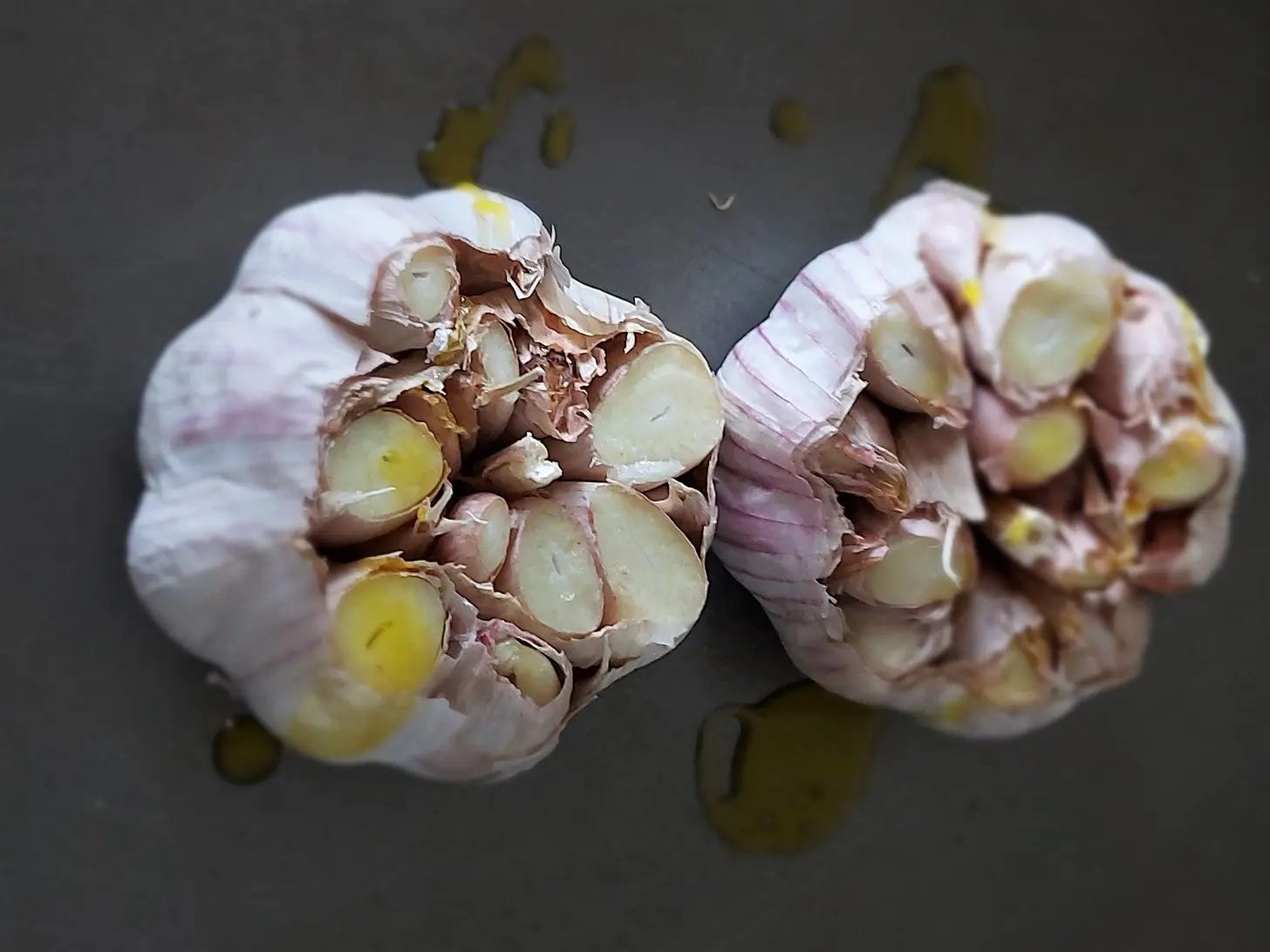Forever Young
4 Tips To Live Longer (And Healthier)
In this post, I explore ways to increase your lifespan and healthspan.
Healthspan is defined as the period of life spent in good health, free from chronic disease and ailments.
1. Choose your foods wisely
I recommend introducing more foods from plant sources into your diet. These include fruits, vegetables, beans, nuts, seeds, legumes and whole grains.
Food should help protect you from disease and increase longevity. Research is overwhelming that eating mostly "whole foods" – that is, foods that are as close to their natural state as possible, are the most beneficial.
If you eat this kind of food (most of the time), you will not need to diet to reach optimal weight. It will satisfy your appetite and flood your body with vitamins, minerals, fibre and phytonutrients.
As an example, if you choose low-calorie beans and nuts, they will fill you and make it difficult to overeat.
Beans and nuts
Beans and nuts have a slow absorption rate and a low glycemic load. In other words, not all calories are created equal. If you eat 200 calories of beans, only about 170 of those get absorbed. For nuts, it’s even less - about 150 calories.
These healthy foods have a certain kind of carbohydrate called resistant starch. As the name suggests, they resist digestion in the small intestine. The food travels far down the digestive tract to the colon. There, the gut bacteria feast on the starch and convert it to short-chain fatty acids. These acids protect the body from inflammation and disease.
As the digestion happens very slowly, your appetite is suppressed and you are in little danger of over-eating.
Fruit
Fruit consumption is linked to a wide range of health benefits. According to one study, it lowers the risk of heart disease and cancer. It also reduces the overall risk of death.
Fruit is controversial because it’s sweet. While it does contain sugar, it's natural sugar. The sugar we need to cut out of our diet is that found in processed foods and soft drinks.
When you eat apples or berries, the sugar comes wrapped in a nutrient and fibre rich package. The fibre slows down the release of fruit sugar into the bloodstream.
2. Take out the trash
Sugary, salty and fatty foods are physically addictive. They are carefully engineered to be that way. Research has shown that sugar encourages the same addictive behaviour as some drugs, overriding our ability to realise when we’re full.
There's no argument that it’s easier to eat a donut than a plate of broccoli. However, an unusual thing happens as you crowd out the junk food in your diet with healthier options. Your taste buds begin to change. After a while, you won’t feel good eating junk food. Nor will you like it as much as you did in the past because your taste preferences have changed.
A study has shown that when you eat kale for the first time it tastes very bitter. It found that after eating it 10 times, people’s saliva changed and they developed proteins that broke down the kale and made it taste sweeter.
The preferences we have learned in the past can be changed. The joy of being able to eat as much as you want, as well as the rewards you get in terms of energy and feeling good will motivate you to stick with your new meal plan.
3. Stop eating 4 hours before you go to bed
Leave a 4-hour window between eating and going to bed. Try not to eat a heavy meal late at night.
Why?
A calorie consumed late in the day is more likely to stay on the body as fat.
Your body is more metabolically active earlier in the day and therefore burns more calories. Stack the calories earlier in the day.
Your body can’t cleanse, repair and remove substances when it's trying to digest food. If you are digesting, you are weakening the healing and rejuvenating effects of restful sleep. You are also allowing acidic food particles to move up and down your digestive tract causing inflammation and irritation.
In summary, digesting is a stressful event and we don’t want to keep our bodies in that state all day.
4. Use more herbs and spices
Herbs and spices are what can transform any kind of food into a tasty dish. Many have powerful health benefits. My favourites include turmeric, ginger, garlic, cinnamon, cayenne pepper, parsley, thyme, and coriander.
Recipe: Roasted Garlic
Method
Preheat the oven to 180°C or 350°F/gas 4
Take 1-2 bulbs of garlic
Peel some of the loose, papery outer layers of the bulb
Trim the top of the bulb, exposing the individual cloves
Place on a baking tray, cut side up
Drizzle with a little extra virgin olive oil
Season with pepper if desired
Cook for 30-40 minutes until the bulbs are golden in colour and feel soft.
Allow the bulbs to cool and squeeze out the garlic cloves.
I add the roasted garlic to soups, stews and pasta. It can also be mashed into a salad dressing or mixed with sour cream for a tasty dip.
Disclaimer
This blog is for informational purposes only and should not be construed as medical advice. If you have any questions about your own nutrition plan, please consult your doctor.




